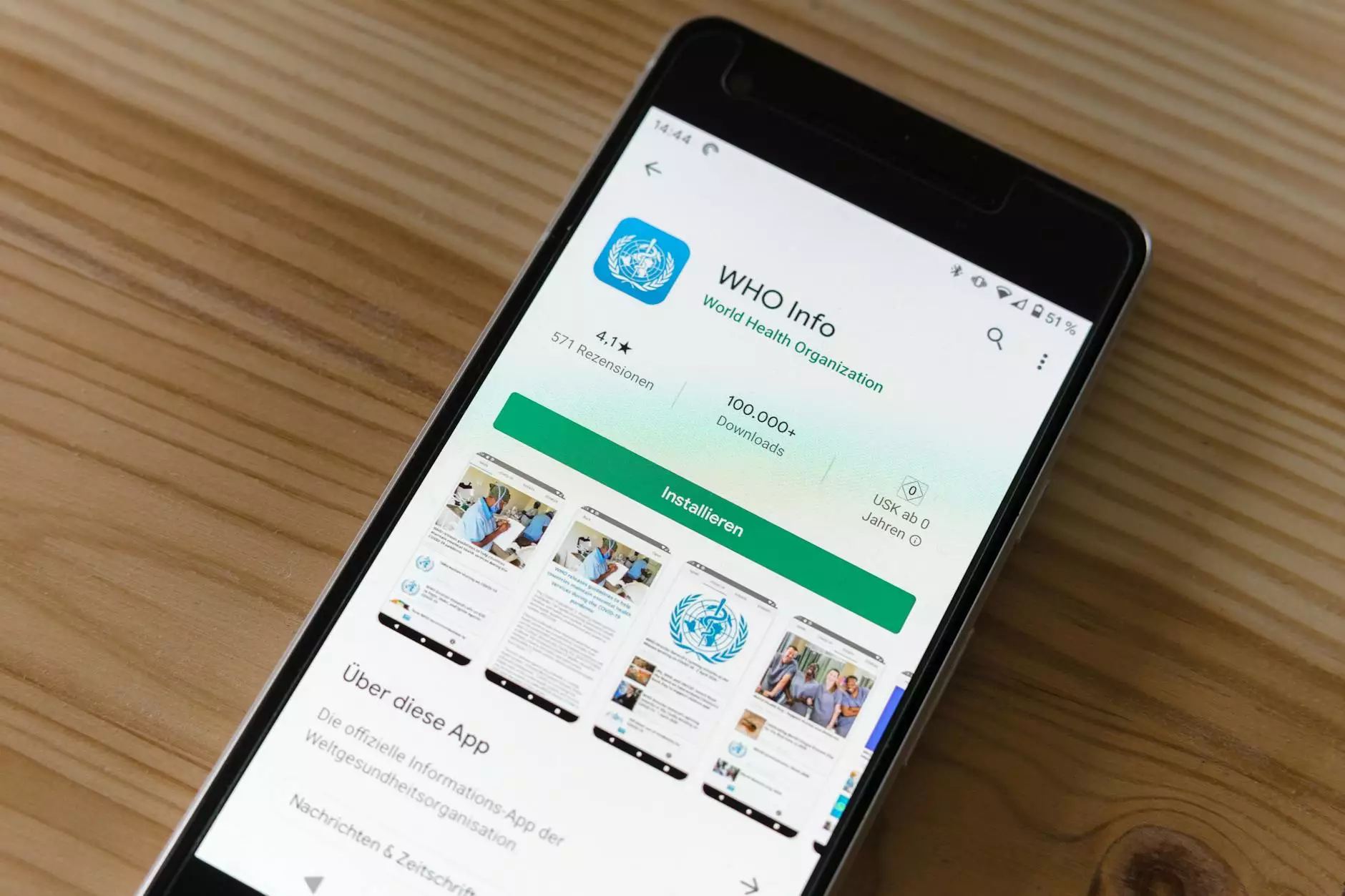How To Use MERN Stack: A Complete Guide
Blog
Welcome to LifeBlood SEO Austin's comprehensive guide on how to effectively use the MERN stack for web development. Whether you're a beginner or an experienced developer, this guide will provide you with the knowledge and insights needed to leverage the power of the MERN stack.
What is the MERN Stack?
The MERN stack is a JavaScript-based technology stack used for building full-stack web applications. It consists of four main components:
- MongoDB: A popular NoSQL database that stores data in JSON-like documents.
- Express.js: A fast and minimalist web application framework for Node.js.
- React: A JavaScript library for building user interfaces.
- Node.js: A runtime environment for executing JavaScript code on the server-side.
By combining these technologies, developers can create robust, scalable, and efficient web applications that utilize JavaScript throughout the entire stack.
Why Choose the MERN Stack?
The MERN stack offers several advantages for web development:
- JavaScript Everywhere: With the MERN stack, you can use JavaScript for both the front-end and back-end development, making it easier to maintain and share code.
- React's Component-Based Architecture: React's component-based architecture allows for reusability and modularity, making development more efficient and scalable.
- NoSQL Database: MongoDB's flexible schema allows for easy storage and retrieval of data, making it a great fit for modern web applications with evolving data models.
- Rich Ecosystem: The MERN stack has a vibrant community and extensive documentation, providing developers with ample resources and support.
Getting Started with the MERN Stack
To get started with the MERN stack, follow these steps:
Step 1: Install Node.js and MongoDB
Before you can start using the MERN stack, you'll need to install Node.js and MongoDB on your machine. Visit their official websites and follow the installation instructions for your operating system.
Step 2: Set Up the Project
Once you have Node.js and MongoDB installed, create a new project directory and navigate to it using your terminal or command prompt. Run the following command to initialize a new Node.js project:
npm initFollow the prompts to set up your project's details and dependencies.
Step 3: Install Required Packages
Next, you'll need to install the necessary packages for your MERN stack project. Run the following command in your project directory:
npm install express react react-dom mongooseThis will install Express.js, React, React DOM, and Mongoose, which are essential for building MERN stack applications.
Step 4: Set Up the Server-Side (Backend)
Create a new folder in your project directory called "server". This is where you'll set up your server-side code using Express.js and MongoDB.
Inside the "server" folder, create a new file called "server.js". This will serve as the main entry point for your server-side code. Write the necessary code to set up an Express.js server and connect it to MongoDB.
Step 5: Set Up the Client-Side (Frontend)
Create a new folder in your project directory called "client". This is where you'll write your client-side code using React.
Inside the "client" folder, create a new file called "App.js". This will serve as the main component for your React application. Write the necessary code to create a basic React component.
Step 6: Connect the Server and Client
In your "server.js" file, add the necessary code to serve your React application from the "client" folder. This will allow your server to handle both API requests and serve the React frontend.
Step 7: Start the Development Server
Finally, start the development server by running the following command in your project directory:
npm startThis command will start both the Express.js server and the React development server, allowing you to view your application in a web browser.
Conclusion
Congratulations! You've learned the basics of using the MERN stack for web development. With this newfound knowledge, you'll be able to create powerful and dynamic web applications that leverage the capabilities of MongoDB, Express.js, React, and Node.js. Keep exploring and experimenting with the MERN stack to unlock its full potential!
If you're looking for professional assistance with your MERN stack projects or SEO services in general, turn to LifeBlood SEO Austin. We specialize in helping businesses in the business and consumer services industry achieve their online goals through effective SEO strategies. Contact us today to learn more!










